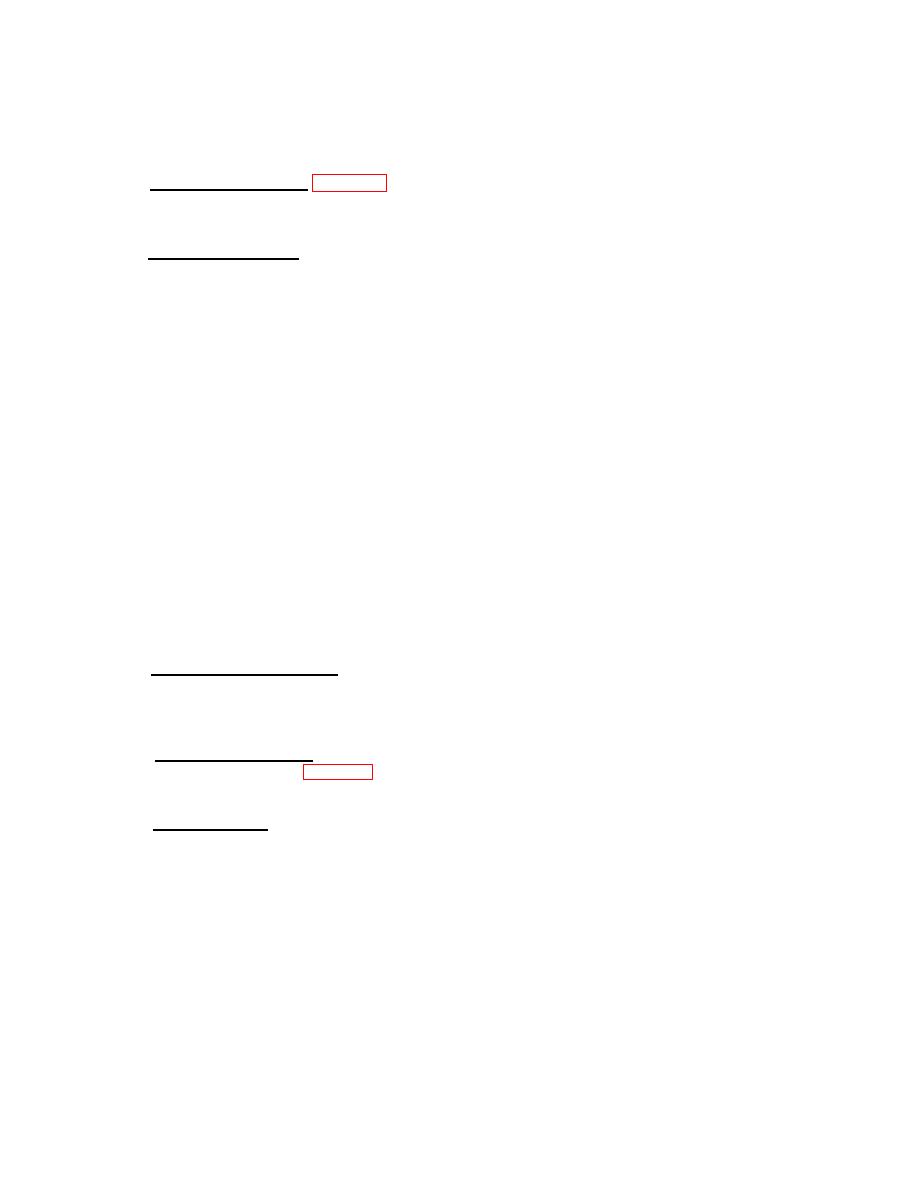
| Tweet |

Custom Search
|
|

|
||
 TM 55-1905-223-24-5
SECTION IV. UNIT MAINTENANCE TROUBLESHOOTING
2-14. Procedures and Techniques. A thorough analysis of the problem is the key to successful
troubleshooting. The more information known about a problem, the faster and easier it can be solved.
a. Troubleshooting Charts. Table 2-2, Troubleshooting, is organized so that a problem can be located
and corrected by doing the easiest and most logical things first. Complete all steps in the sequence shown
from top to bottom.
b. Troubleshooting Steps. Follow these basic troubleshooting steps:
(1) Get all the facts concerning the complaint.
(2) Analyze the problem thoroughly.
(3) Relate the symptoms to the basic engine systems and components.
(4) Consider any recent maintenance or repair action that may relate to the problem.
(5) Double-check before beginning any disassembly.
(6) Solve the problem by using the logic charts and doing the easiest things first.
(7) Determine the cause of the problem and make a thorough repair.
(8) After repairs have been made, operate the engine to make sure the cause of the problem has been
corrected.
2-15. General Engine Noise Diagnostic Procedures . When diagnosing engine noise problems, make sure
that noises caused by accessories, such as the air compressor and power takeoff, are not mistaken for engine
noises. Remove the accessory drive belts to eliminate noise caused by these units. Noise will also travel to
other metal parts not involved in the problem. The use of a stethoscope can help locate an engine noise.
a. Frequency of Engine Noise. Engine noises heard at the crankshaft speed (engine rpm) are noises
related to the crankshaft, rods, pistons, and piston pins. Noises heard at the camshaft speed (one-half of the
engine rpm) are related to the valve train. A hand-held digital tachometer can help to determine if the noise is
related to components operating at the crankshaft or camshaft speed.
b. Isolating Engine Noise. Engine noise can sometimes be isolated by holding down the injector
plungers one at a time (refer to Table 2-2, Item 21, Step 3). If the volume of the noise decreases or the noise
disappears, it is related to that particular engine cylinder.
c. Accessory Noise. Engine driven components and accessories, such as geardriven fan clutches,
hydraulic pumps, belt-driven alternators, and turbochargers can contribute to engine noise. Use the following
information as a guide to diagnosing engine noise.
2-22
|
||
 |
||